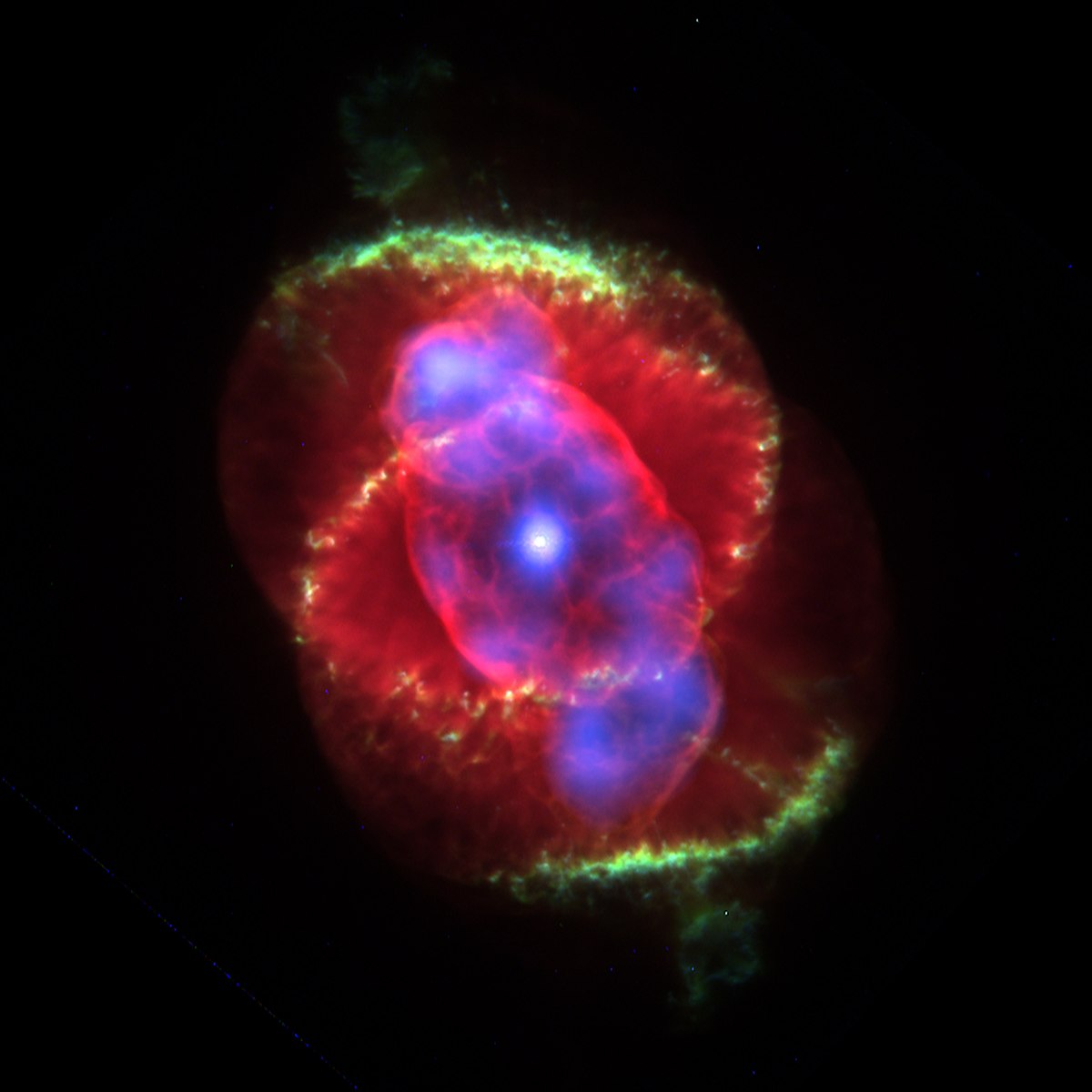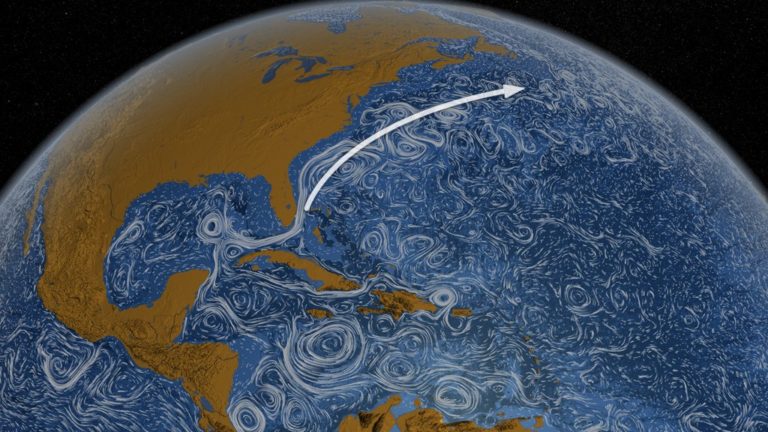What is a planetary nebula
07 Mar 2023Astronomers and the general public have long been fascinated by planetary nebulas, a type of astronomical object. Planetary nebula are frequently mistaken for planets, however they are not. In actuality, planetary nebulae are a kind of emission nebula that arises at the conclusion of the lives of low- to intermediate-mass stars.
The nature of planetary nebula will be examined in this article, along with how they develop, their characteristics, and their significance for cosmological research.
What is a Planetary Nebula?
When a star identical to our sun runs out of fuel to burn, a planetary nebula is created. The star expel its outer layers into space as it starts to die, leaving behind a vibrant and intricate shell of gas and dust. The white dwarf, or residual core of the star, generates high-energy radiation that excite the nebula's gas and causes it to glow.
It is a mistake to refer to these phenomena as "planetary nebulas" because they have nothing to do with planets. Astronomer William Herschel first used the name to describe the nebulae because they appeared circular and planet-like through the primitive telescopes of the time.
Formation of Planetary Nebula
A low- to intermediate-mass star's death triggers a complicated process that results in the development of planetary nebula. The star swells into a red giant when its fuel runs out and its outer layers start to grow and cool.
At this point, the star's outer layers are only weakly held together by gravity, and a stellar wind is how the star starts to expel these layers into space. A shell of material encircles the star's core as a result of the stellar wind's removal of gas and dust from the star.
The star's outer layers are eventually expelled into space when the core of the star gets hot enough to combine helium into carbon and oxygen. The debris that was ejected surrounds the core star, a white dwarf at this point. Due to the white dwarf's enormous density and UV light it generates, the gas in its protective shell is ionised and glows.
Properties of Planetary Nebula
The forms and sizes of planetary nebula vary, yet they all have some common traits. They typically contain dust particles and ionised gases like hydrogen, helium, and oxygen.
The ionised gas emits light at diverse wavelengths, giving planetary nebulae their distinctively coloured radiance. The chemical makeup of the gas, as well as the temperature and density of the surroundings around it, all influence the colours.
Planetary nebula are also recognised for their complex and complicated formations. While some are flat and spherical, others are exceedingly uneven or contain numerous lobes. Many elements, including as the form and velocity of the stellar wind, the presence of magnetic fields, and the motion of the white dwarf at the nebula's centre, all have an impact on the shape of planetary nebulas.
Importance of Planetary Nebula in Astronomy
Planetary nebula are crucial to the understanding of the cosmos. They shed important light on the evolution of the galaxy's chemistry as well as the star's life cycle.
Understanding the fate of stars like our sun is one of the most important discoveries that planetary nebula offer. The sun will eventually exhaust its fuel, turn into a red giant, and expel its outer layers into space, creating a planetary nebula. Astronomers can gain a better understanding of the future of our own star by analysing planetary nebula.
Back to Home Page





